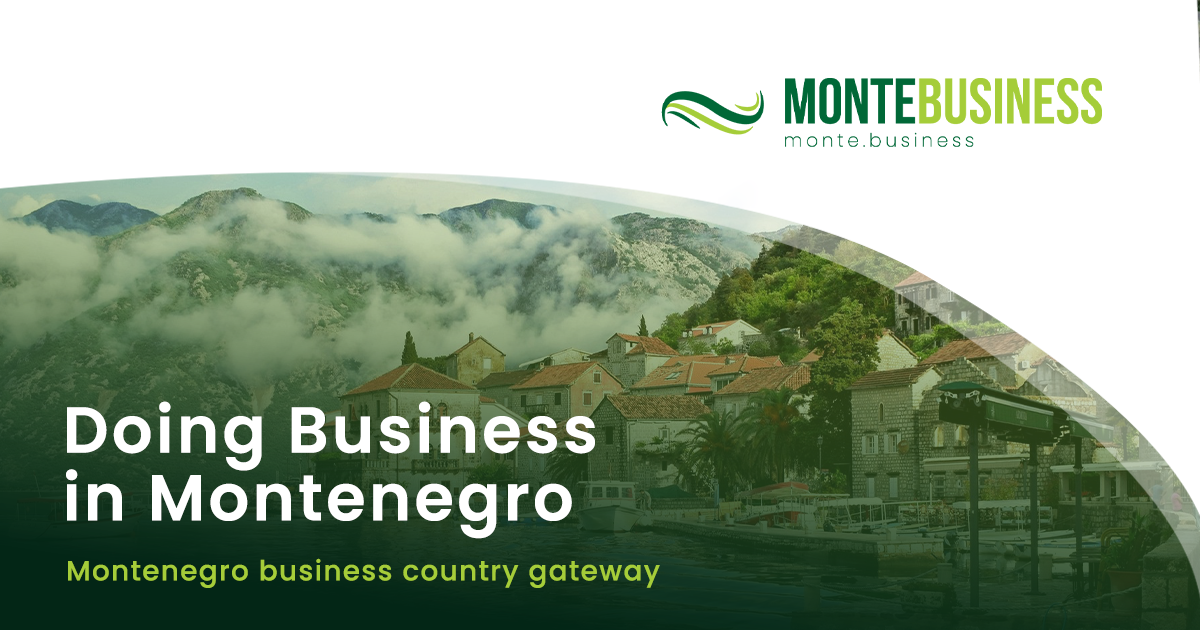Montenegrin beaches have become prominent brands in recent years, and when it comes to tendering for their leasing, it is crucial to protect those leaseholders who have contributed to their development through investments, concluded the meeting of the Tourism and Hospitality Association Board of the Chamber of Commerce of Montenegro.
The meeting focused on issues such as the tender for the leasing of beaches and temporary structures in the coastal zone, as well as preparations for the winter tourist season.
Board President Ranko Jovović emphasized the importance of conducting tender procedures for leasing parts of state-owned coastal areas to ensure the success of the summer season. He reminded that, as early as February, the Board highlighted the need for a working group to be formed, in cooperation with relevant authorities, to objectively assess the situation and find the best solutions for both the state and beach leaseholders.
Mladen Mikijelj, Director of the Public Enterprise for Managing the Coastal Area, expects the tender for leasing beaches and temporary structures in the coastal zone to be announced in January.
“The goal is to include all interested parties and give them equal opportunities to lease the areas. However, we also want to recognize that the beaches have been responsibly managed in the past. Considering the investments made by the previous leaseholders, we proposed that those whose beaches do not have a Blue Flag should receive a 20% advantage over new applicants, while those with the Blue Flag should receive up to a 50% advantage. We believe this is a significant advantage. However, this is just a proposal, and the final decision will be made by the government,” Mikijelj said, urging the Chamber of Commerce and local governments to express their opinions on this matter.
Nikola Ražnatović from the Ministry of Spatial Planning, Urbanism, and State Property announced that a new atlas of Montenegrin beaches has been prepared for the tender. “We have identified 57 new beaches—13 in Herceg Novi, five in Kotor, eight in Tivat, 15 in Budva, six in Ulcinj, and 10 in Bar,” he stated.
Business owners argue that they should have been included in the working group and that the current stance of the Public Enterprise for Managing the Coastal Area is unacceptable. They believe more should be done to favor existing leaseholders.
Nikola Perišić from the Association of Leaseholders pointed out that new leaseholders would benefit from established beach brands, and it is necessary to recognize the contribution of those who created those brands. Albert Kastrati from Adriatica Brothers raised concerns about the requirement for participants in the upcoming tender to provide bank guarantees for the offered amounts, while Snežana Pekić addressed the need for clearer demarcation of the Maljevik location from the protected natural park area of Katič.
Igor Vujošević from Nemesys suggested moving away from the 50:50% approach for beach division and proposed that each municipality should have at least one public beach, or a system should be devised to ensure local residents have access to all beaches (such as through apps, barcodes, or coupons).
“Beaches under lease could more precisely project state revenue and provide better control to avoid income loss,” Vujošević concluded.
During the further discussion, business representatives agreed that the 12.5 points of advantage for previous leaseholders were insufficient. They proposed raising it to 25 points, with an additional 25 points for beaches with the Blue Flag.
Regarding preparations for the 2024/2025 winter season, Jovović emphasized that ski resorts are still dependent on weather conditions and stressed the urgent need for infrastructure investment, including artificial snowmaking systems. He also highlighted the importance of close cooperation between institutions and the tourism industry to ensure the sector’s stability, improve the quality of offerings, and develop a unified tourism strategy.
“The synergy of all participants in the tourism sector is key to achieving successful and competitive tourist seasons in the future,” Jovović concluded.
Olivera Blagojević, Head of the Directorate for Investments and Tourism Improvement, mentioned that for the first time, the Ministry of Tourism has secured its own budget and allocated EUR 182,000 for the initial phase of artificial snowmaking at the Savin Kuk Ski Resort in Durmitor. Regarding Kolašin, although the project is feasible, additional steps are planned to ensure snowmaking is ready for the next season.
“Since the establishment of the Ministry of Tourism, there has been a focus on improving infrastructure, and activities have already started with a professional team to assess the terrain at both the state ski resort Kolašin 1600 and Savin Kuk,” Blagojević added.
She also emphasized that ski lifts will not be allowed to operate unless safety is fully guaranteed and informed that the support columns for snowmaking and the retaining wall have been carefully examined to ensure maximum stability.
Finally, she stated that the Ministry of Tourism is actively considering additional incentive measures to improve ski resort operations and support the development of winter tourism.








